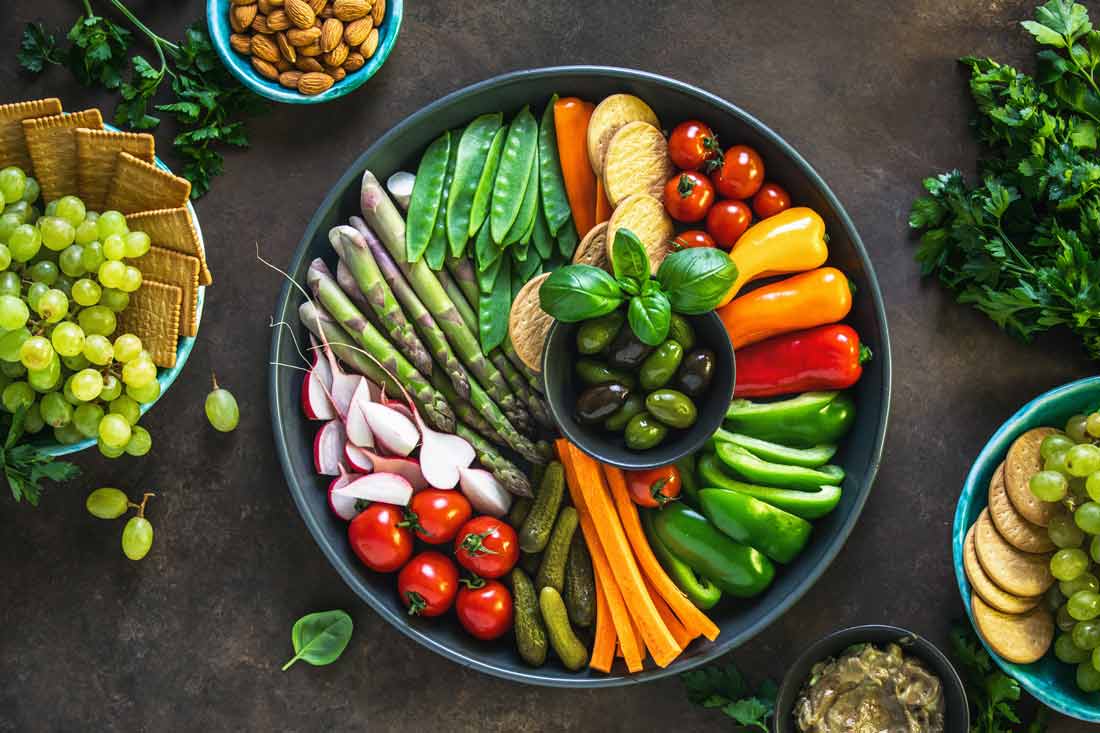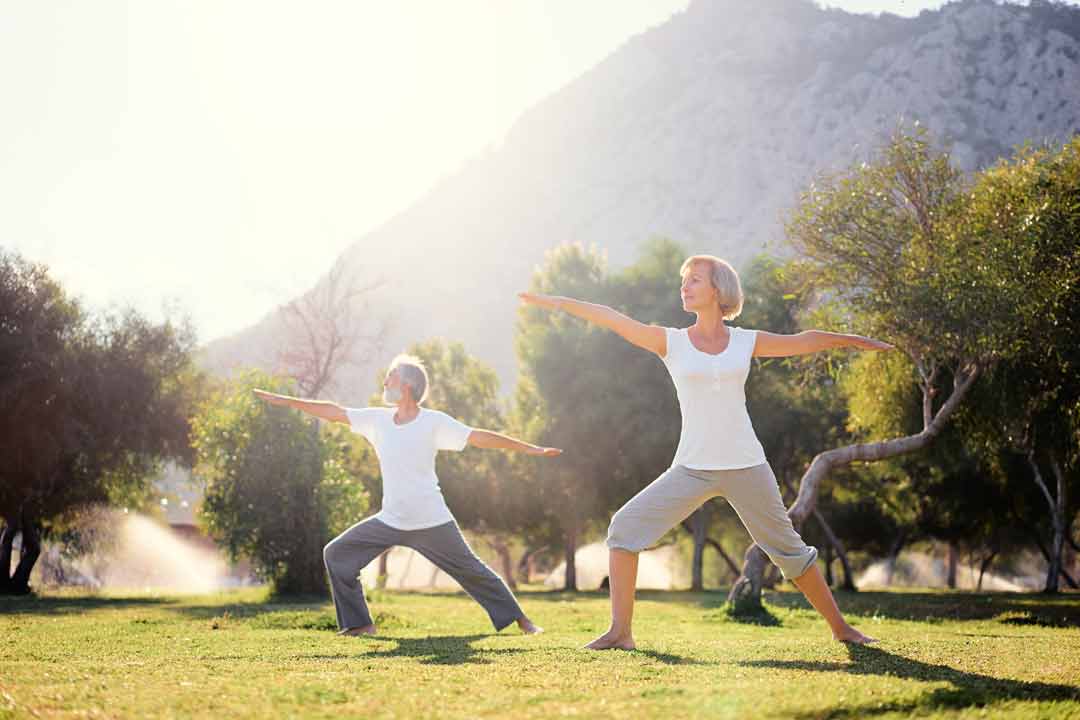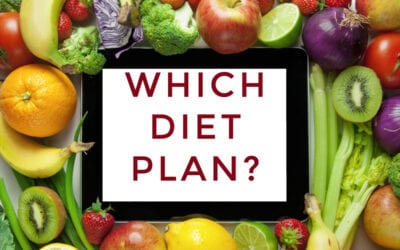
However, when it comes to nurturing our bodies, not many people think about how much they put into their bodies and what the body needs to stay healthy. In this article, we take sneak peek into what energy balance is and why it is essential to understand it for better weight management.
What is Balanced Energy ?

Energy balance equation: Energy in (calorie input) – Energy out (Calorie output)
What you eat and drink is CALORIES IN, whereas what you burn through physical activity is CALORIES OUT. While you burn a few calories by merely breathing air or digesting food, you also flush out more calories through exercise or daily activities such as walking to the bus stop, going shopping, etc.
That’s why people who are more active physically burn more calories than those who are relatively leading a sedentary lifestyle.
The same amount of CALORIES IN and CALORIES OUT
overtime = Weight remains the same
More CALORIES IN than CALORIES OUT over time = Weight gain
More CALORIES OUT than CALORIES IN over time = Weight loss
How will I know my Energy Balance?

Some experts compare this idea of “calories in” and “calories out” to that of a bank account. If you deposit more money than you take out, it is evident that your account will grow in size. Likewise, if you consume more calories than you burn, you will only gain more weight over time.
While each one of us has different caloric requirements, it is best to find your energy balance by calculating the number of calories using this calculator recommended by the American Cancer Society according to your age and activity level. Then, apply your findings to the Energy balance equation and take a look at the result. You’ll have a positive energy balance, a negative energy balance, or a neutral balance.
- Neutral Balance: If you’ve juggled between your diet and exercise well, and end up with a ‘ZERO’ after calculating your energy equation— Kudos, you’ve found yourself a neutral energy balance. As this state means you’ll not gain or lose weight, it is perfect for those who are in the weight control phase of their weight loss journey.
- Positive Energy Balance: If your energy equation ends up with a positive number, then you’ve found the right balance needed for weight gain. This is a primarily healthy state for pregnant women, children, and those who are trying to bulk up!
- Negative Energy Balance: Last but not least, if your equation puts forth a negative number, you’ve stuck the desired energy imbalance for weight loss. While this state is called the energy deficit, it is also a ‘reward in disguise’ for those looking to slim down.
Changing Energy Balance to Lose Weight

Weigh Yourself
The best way to start tracking your ‘energy balance’ is to weigh yourself regularly. Doing so will help you pinpoint if you are losing, gaining, or staying at almost the same weight over time.
If you’re like most people, you probably don’t keep a vigil at your calorie intake! Whilst fixating on calories is arguably a lot of hassle, did you know that a few simple measures like reading food labels, maintaining a food journal, or minding your portions can take you a long way ahead! How may you ask? By making you more aware of what you eat.
For example, if you had to keep a record of all the food items you eat and drink each day, wouldn’t you be able to track what exactly you are putting into your body easily? As a result, you can deal with your hunger pangs more decisively and keep a check on overeating. (Still not sure how to beat hunger? Read our detailed guide to know more about science-based ways to curb your appetite naturally)

Eating low-energy-dense foods
If you are trying to achieve energy balance, it is essential to look at the energy density of the foods you eat. Health experts define energy density as the number of calories present in a specific amount of food.
And to lose weight, your best bet is to eat foods with lower energy density— providing you with satisfying portions per gram with relatively low-calorie content. Some of the best examples are fruits, vegetables, whole grains, and plant-based proteins such as beans, peanuts, and chickpeas.

Increase your Physical Activity
So, you’ve indulged in some high-calorie foods. Why not level the score with a quick jog or brisk walk around the block? Whilst it is paramount to compare calories burned with those consumed, you can change your energy balance by merely incorporating a few gentle movements. From resistance training with light weights to the following yoga or stretching routine, you can burn a few hundred extra calories with a simple workout to reach your ‘balanced energy’ goal!
To get rid of stubborn belly fat, and feel the results in no time, check out our detailed diet and exercise guide to weight loss.
Other Articles you may like.
Guide to 7 Different Health Diets
Are you baffled by the colossal amount of conflicting information about what to eat, what not to, and which diet is perfect for you? Well, welcome to the club!
While your diet should consist of nutrient-rich food, not all of us are familiar with the nutritive jargon to pinpoint the food that meets our nutritional requirements.
Let’s dive into the major nutrients before streamlining the dietary regimens that have piqued people’s curiosity with their promise to deliver real results.
Knee Side Bend Stretch
The Knee Side Bend Stretch lengthens you abdominal, hips, hamstrings, quads and the muscles between the ribs. The intercostal can cause a range of issues to your posture, including the difficulty of breathing, shoulder and neck tension. This stretch gives your ribs,...
Lunge with Spiral Twist
The Lunge with Spinal Twist is the easiest way to open the hips, so if you are someone who has locked or tight hips, then this stretch is for you. . It engages the quads, core and glutes as well as improving balance.
It can also be a great way to aggravate lower back issues and other pains, be careful.






